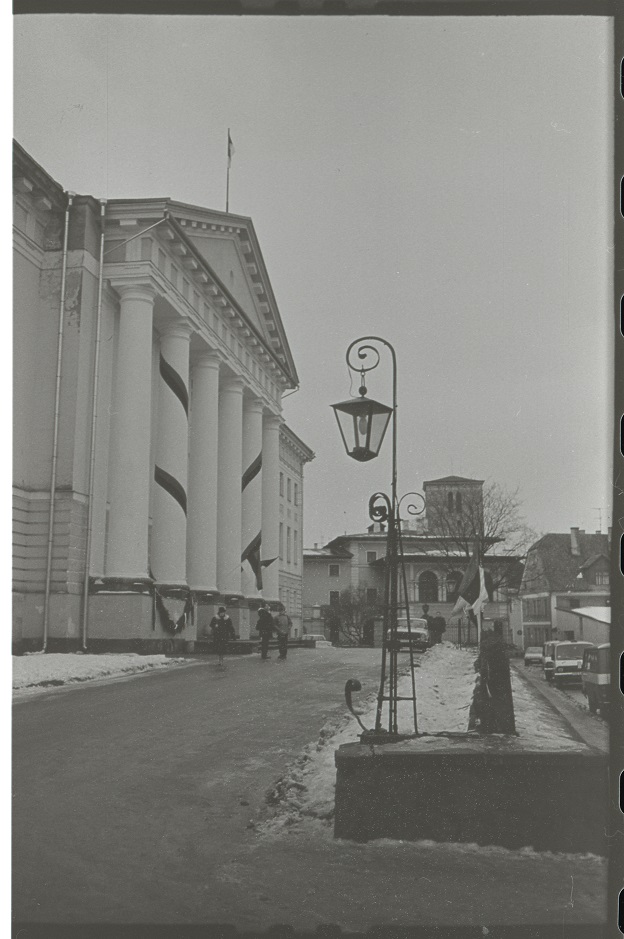Mööblikogu kui raam muuseumikollektsioonidele. Furniture collection - a frame for museum collections
DOI:
https://doi.org/10.15157/tyak.v0i47.16187Abstract
The furniture collection of the University of Tartu museum comprises
over 600 museum pieces. In addition to that, the museum manages
the cultural assets of the university, which also include some furniture,
and maintains a database of it. When the Tartu State University
History Museum was founded in 1976, large-scale renovations
started in the university buildings, which led to a collection of older
furniture accumulating in the museum.
The furniture collection has some historic interior design elements
from the faculties, auditoriums, laboratories, offices, the assembly
hall and library, which date back to the 19th and 20th century.
The collection has grown more than anticipated and is bigger
than the space at the museum allows. This has been inevitable for
several reasons: elements of furniture reflect their era, describe contemporary
academic lifestyle and work procedure. In comparison to
other Estonian museums, the furniture collection of the University of
Tartu Museum stands out for its university-specific elements, such as
large cupboard-desks, cabinets with drawers and chests of drawers
characteristic of laboratories. The historic collection cabinets, some of
which came to the museum with collections such as Johann Friedrich
Erdmann’s (1778–1846) pharmacological collection, Carl Schmidt’s
(1822–1894) rock collection, and Johann Georg Dragendorff’s (1836–
1898) pharmacy collection provide us a sense of the older history of
the university. The museum has a varied collection of seat furniture
(including lectern armchairs, stools from laboratories and chairs
from auditoriums, dating back to the early 19th century). The pieces
of historical office furniture are connected to many well-known lecturers
and professors of the University of Tartu, such as a physicist Artur
von Oettingen (1836–1920), medics August Rauber (1841–1917),
Ludvig Puusepp (1878–1942) and Albert Valdes (1884–1971), philologist
and poet Gustav Suits (1883–1956), and others.
The rooms of the old university library in the Dome Church, especially the Morgenstern hall, are decorated with historic furniture;
cabinets brought in with curator Friedrich Maximilian Klinger
(1752–1831) in the 19th century, book repositories designed and built
by the university architect Johann Wilhelm Krause (1757–1828),
the personal book cabinet and desk of the library’s long-time director
Karl Morgenstern (1770–1852), and empire style armchairs with
replicas of antique bust sculptures.
We know little about the makers of the university’s furniture.
Local masters (Roger, Maibaum and others) are mentioned in the
inventory books of the 19th century, but often the carpenters have
remained anonymous. Factory furniture prevailed at the turn of the
century and in the first half of the 20th century; products of Thonet,
A. M. Luther and others were the most popular. The Tartu Industrial
School often made practical pieces of furniture for the university as
well, offering their products for a lower price.
These pieces of furniture are irreplaceable in displaying the university’s
historic interiors. The museum uses the historic pieces to
store as well as present its collections, which makes the university’s
historic furniture a sort of a frame to the museum collections.

